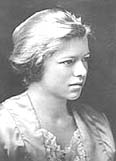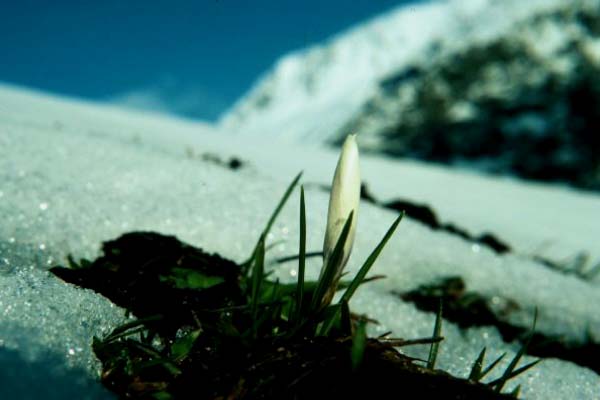
Piles of Books, Hercules Segers
How heartening it was to find this image by 17th century Flemish artist Hercules Segers.
Piles of books beside beds have been around for a long time.
My inventory includes: Grief Lessons By Anne Carson, translations of plays by Euripides; Sister Bernadette's Barking Dog: The Quirky History and Lost Art of Diagramming Sentences by Kitty Burns Florey; The Unfolding of Language (still!); Threads by Jill Magi; thisconnectionofeveryonewithlungs:poems by Juliana Spahr; The Inheritance of Loss by Kiran Desai; Caffeine for the Creative Mind; Concordance by Mei Mei Bressenberger and Kiki Smith; Museum of Words by James Heffernan and so on.
But these are books I must finish. And like other folks I'm sure, I read several at the same time: one before falling asleep, another in the car while waiting, a third at the gym. And I'm writing too -- my friend (a screenwriter) and I are emailing each other work daily -- no commenting, no editing. Just write and email. Revision can come later. I like to zig zag back and forth between the processes. Along with the reading and listening and looking. All to feed the night.







